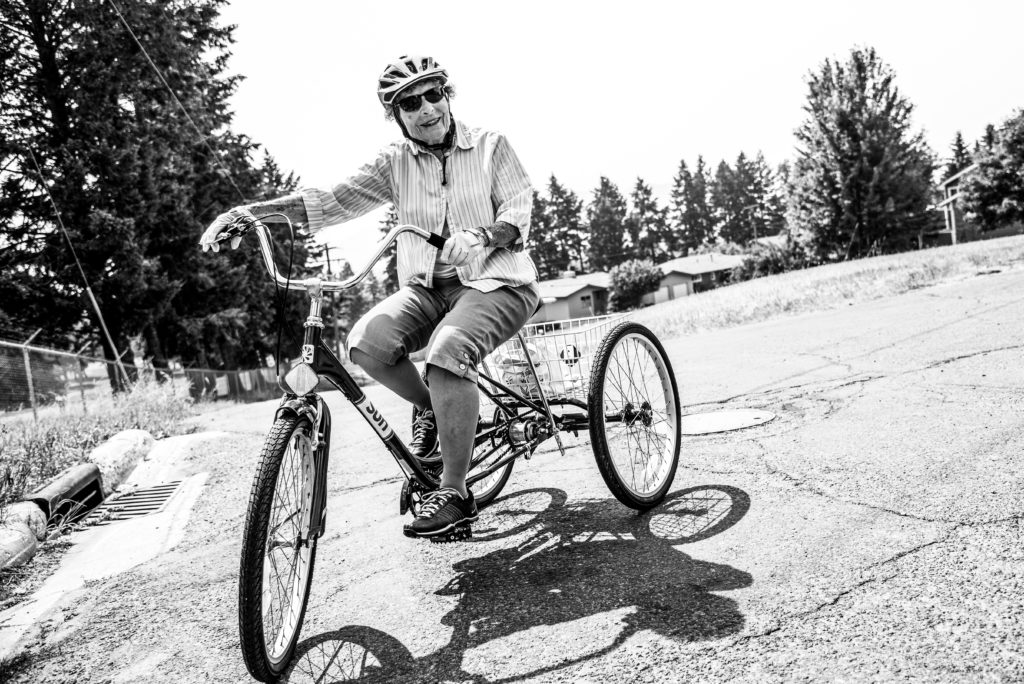On the Fourth of July, we celebrate the United States’ declaration of independence from Great Britain. Independence is a trait we as Americans continue to value in ourselves, both as individuals and as a nation.
In fact, the possibility of losing independence is one the main reasons why many Americans fear aging. And as we get older, we’re more likely to be confronted with the possibility that we won’t always be independent. A 2017 study presented at the Innovations in Aging conference found that a fear of dependency—that is, a fear of being unable to take care of one’s self—was a strong predictor of depression in American older adults. Even when other factors like the subjects’ health, age, and disability were taken into account, older adults who were afraid of being dependent on others were more likely to be depressed than those who didn’t share this fear.
This is particularly worrying because, whether we like it or not, aging often means we lose some measure of independence. In fact, some seniors move into communities like Immanuel because they know they can no longer live on their own, whether because of health problems or difficulty with the daily tasks of home maintenance. Immanuel offers a whole spectrum of services, from Assisted Living to Skilled Nursing, for seniors needing various levels of help with activities of daily living. While it’s part of Immanuel’s philosophy to respect residents’ choices, it’s hard to deny that some residents are here precisely because they can’t live independently.
So how do we help seniors avoid the depression that seems to come with dependency in aging? First, we can remember that aging is something that happens to all of us (if we’re lucky). It’s not shameful. The physical changes that inevitably accompany aging are part of the package. They’re often unpleasant, but they’re not shameful, either. Aging just is, and all of us, at all ages, should work on remembering and respecting that. It won’t stop dependency, but it can go a long way toward mitigating depression.
Second, we can look for tradeoffs and ways that accepting help in some areas can help seniors maintain some forms of independence. For example, a senior who has some mobility problems can go more places for longer if she uses a walker than if she resists it. Or, seniors who move in to communities like Buffalo Hill Terrace often find that they go out more because they have someone else to drive them and friends to accompany them. They’re not getting out independently, but they’re not remaining isolated, either. By depending on others (or on devices) for some things, seniors can often continue to do the things that matter most to them.
As we celebrate American independence, let’s make sure we remember the many forms it can take. And let’s also remember that none of us lives completely independently. It seems almost cliché to invoke English poet John Donne’s “Meditation 17” here, but I’m going to do it anyway. When Donne wrote his famous lines “No man is an island,/entire of itself;/every man is a piece of the continent,/a part of the main” in the winter of 1623, he was seriously ill. The poem reflects on the interconnectedness of communities and the loss a community feels when one member passes away. This interconnectedness means that it’s okay for us to need each other, as Donne surely needed his friends and neighbors when he was sick. All of us will need more help as we age, and that’s okay. We can depend on others without losing ourselves.



